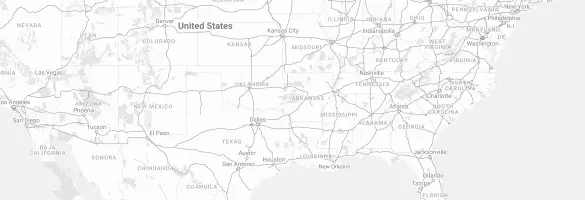
4830
The 4830 in-line ripper provides efficient compaction removal, while allowing crop residue to remain undisturbed on the surface. Working widths ranging from 12’6” to 26’8”, and a variety of shank and point options are available to meet your agronomic needs.



